
|
Saturday Notes: Apple Events and a Cascade of Rumors
By Graham K. Rogers
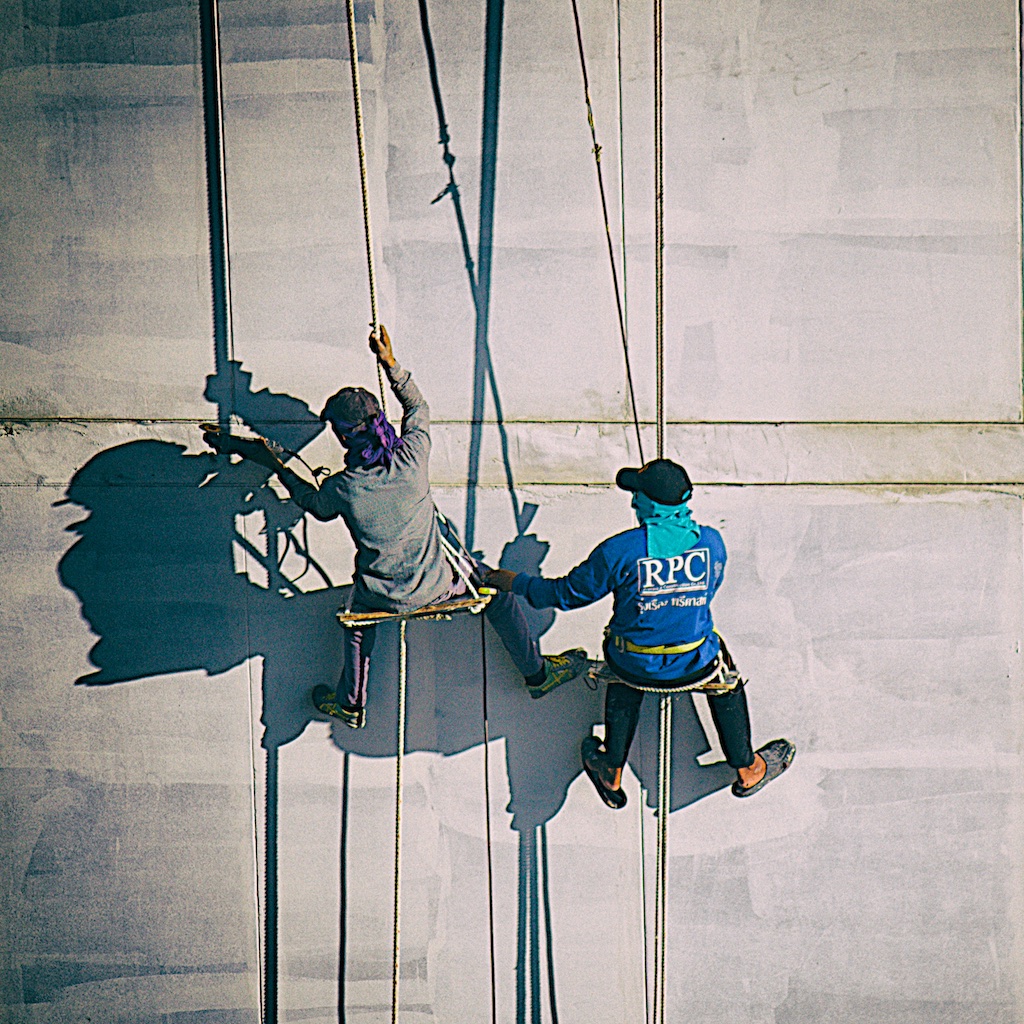
Apple announced a video event for next week: California Streaming. The iPhone 13 is expected to be the main announcement, but there could be other products: Apple Watch, iPad devices and more. While new Macs are expected, these may appear later. Chip problems and developments. Apple car news and personnel changes. Screens cracking on some M1 Macs.
This week at least one rumor was confirmed when Apple sent out its semi-cryptic invitations to the video event that is to be held on Tuesday next at 10am Cupertino time (about 10pm here). Depending on the source, we are told that only 1 in 10 will go for the new model (including me), or (another source) that the iPhone will take one third of global shipments next year. Already there are rumors about the iPhone 14. One of the first reports I saw of the event scheduling came from Christian Zibreg on iDownloadBlog, but there were scores more within the next few hours. This is expected to be the announcement of the next iPhone, although there may be other product announcements as well.
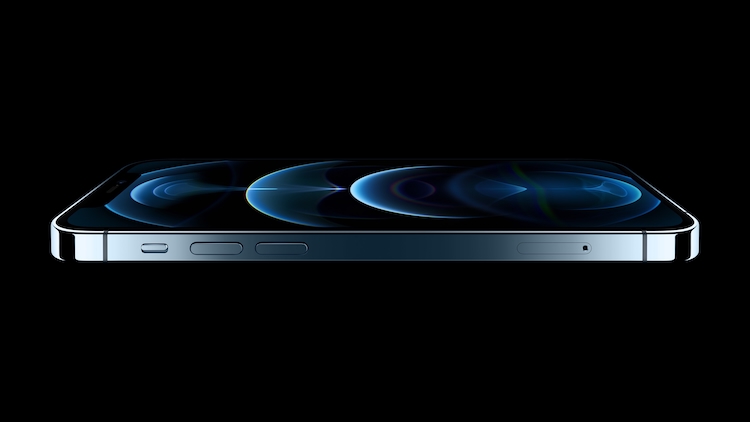
The current iPhone 12 - Image courtesy of Apple
Depending on the rumors that have been floating around the last few weeks, these products could include new iPads (including an updated iPad mini) and some suggest the Apple Watch 7 could be included too. More closely related to the iPhone, the 3rd version of AirPods are also on the rumor list. I think it is unlikely that new Macs will be announced at the event as this would make it too long (and bloated), while any new Macs (and the expected new chips they have) deserve an event of their own. Video events make this easier. While one team is preparing the iPhone release video, the Mac team is putting the finishing touch on the product and moving to the video stage. When done, Tim Cook's comments are edited in.
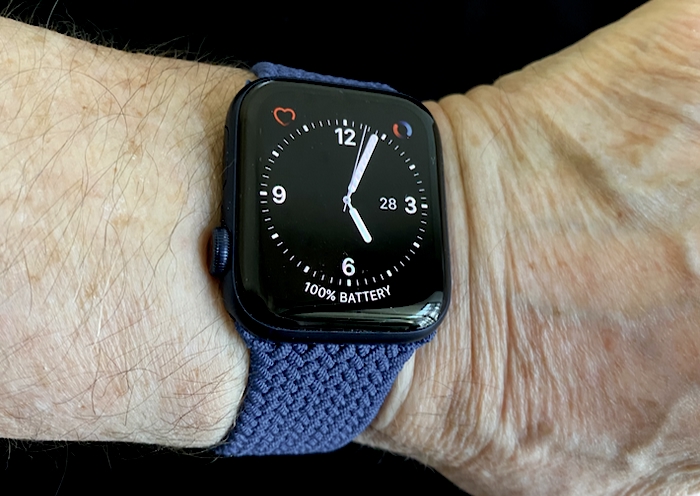
The current Apple Watch 6
One of the reasons Apple's MacWorld keynote address was cancelled was because all teams had to work over the New year period so that a perfect product could be ready for the early January event. This put a strain on Apple staff. Not of course that the original iPhone as announced in January 2007 was ready for sale. Even the order that apps and data were presented was carefully controlled otherwise it might crash. Between the iPhone and the MacBook Air, Apple proved to itself that a simple email could generate so much publicity that some announcements did not need to be live. The Keynote was switched to WWDC, while a significant product release was set up when convenient to Apple: the announcement went out and the journalists flew in. I never had that luck: just MacWorld and a few WWDC events, as exciting as they were. I am grateful for those.
With the situation around the pandemic, Apple has seen some success with the video events along with some carefully placed products before the release. They have always been good like that and when I was writing for the Bangkok Post, I would often have a device (or devices) days before the official release in Thailand, although there was a strict embargo on any publicity (words or images) before a specific date and time. They were pragmatic and knew that I would use the device in the street or at work, so accepted (I confirmed this) that my students might see the device before the Thai release. That was not a problem; I just couldn't give them a really close look. I never had any products in my hands before the official Apple announcements made at Cupertino, although several columnists were supplied with review examples.
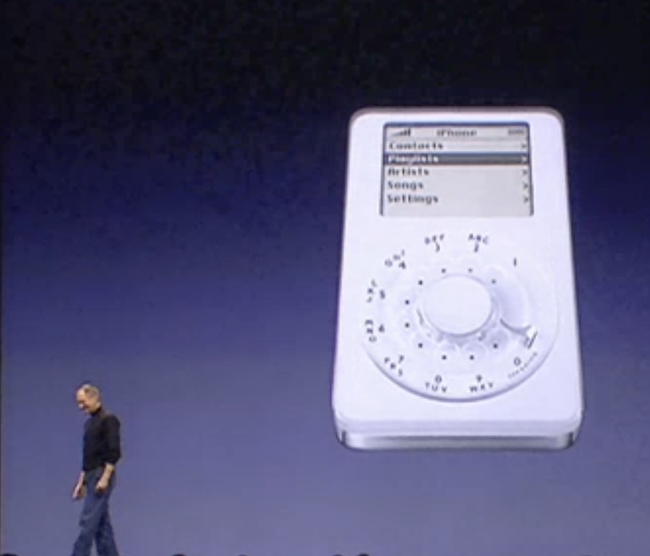 Unlike the deadlines that MacWorld or even WWDC created, the video events are flexible enough to be filmed to a less tight schedule. And unlike the heavily rehearsed live event, with the film medium any errors can be shot again. Live, Tim Cook could never have a "take two". The video events also allow for special effects to be used, including augmented reality (AR) which featured in the invitation message that Apple sent out last week.
Unlike the deadlines that MacWorld or even WWDC created, the video events are flexible enough to be filmed to a less tight schedule. And unlike the heavily rehearsed live event, with the film medium any errors can be shot again. Live, Tim Cook could never have a "take two". The video events also allow for special effects to be used, including augmented reality (AR) which featured in the invitation message that Apple sent out last week.
External videos, which Apple had already been using, can be better integrated with the overall presentation. With the way that video conferencing has been (apparently) integrated into WWDC sessions, it would be hard to imagine Apple ever returning to a full live event scenario in the future.
It might be useful for major products, such as the rumored VR glasses and particularly for a future Apple car to see hundreds of tech writers in the arena and hands-on afterwards, but running non-live events also saves Apple millions of dollars for each of the events.
Over the past few months, there have been problems with chip production and manufacturers in several areas including the car manufacturers are having problems. Computers and mobile devices are affected of course. Hartley Charlton (MacRumors) reports on a note from Nikkei Asia, that expects Apple will have to pay more for chips in the next few months. Although other manufacturers are likely to be affected by shortages, Apple is mentioned as its main supplier (TSMC) is about to increase prices and these are likely to be significant, particularly as we move into 2022.
One of the reasons that I bought my current Nikon D850 camera was its Nikon designed (Sony made) 45.7MP CMOS Sensor. With 8256 x 5504 output, I can do a lot with the photographs I take. The RAW files are around 55 - 65MB. It is the number of pixels that help make a high resolution photograph, so the larger sensors from Hasselblad cameras (X1D II 50C, 50MP; H6D-400C, 100MP),and the $47,990 Phase One, 150MP take some exceptional photographs. It was therefore with some interest that I read during the week that Samsung was to develop a 576-Megapixel sensor intended for smartphone installations (Jaron Schneider, PetaPixel). There are a couple of caveats. The sensor is not likely to appear until around 2025, and part of the way to make it small enough to fit in a smartphone is to reduce the size of the pixels. That could mean a lessening of quality, although I wonder if software could compensate for this.
Current sensors such as a 108MP sensor can now be produced with a pixel size of 0.64μm. My Nikon has a pixel size of 4.35μm, the Hasselblad 50MP sensor has a pixel size of 5.3μm. So while both sensors are similar sized the pixels make a difference. At 0.64μm the difference would be pronounced, although the expectation is that, by the time this comes into production and is available in a smartphone, the images produced will be quite acceptable (just not up to Phase One standards). Just as I was writing this, PetaPixel (Anete Lusina) put an article online that discusses sensors and includes a video from Chris Schodt of Engadget.
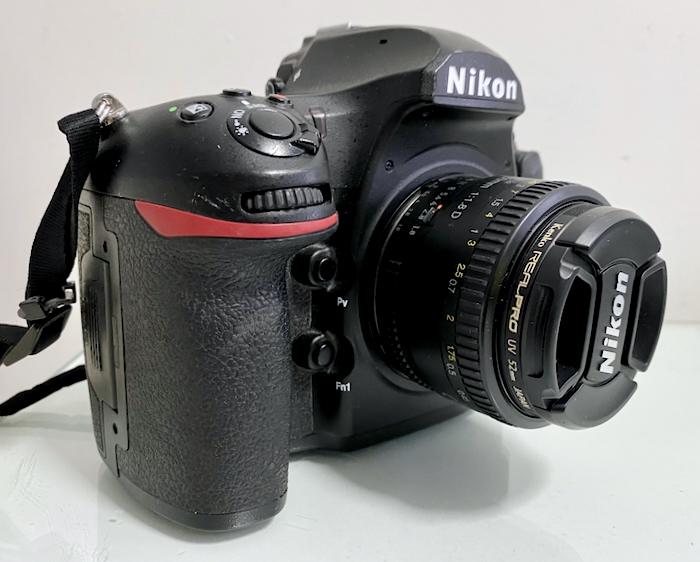
Nikon D850
Earlier this week it was announced that the head of the Apple car project, Doug Field, had returned to Ford. Perhaps as a result (or maybe this caused Field to make the career decision), Apple has decided to forego further attempts to work with car manufacturers (VW was one of those mentioned) and go it alone (Evan Selleck, iDownloadBlog). In a directly related piece of news, the popular Apple executive, Kevin Lynch, best known for his work on the Apple Watch, has been named as head of the Apple Car project which implies that this is to spur the software development that will be needed for the car, whenever it may launch (Evan Selleck, iDownloadBlog)
I have been suitably impressed by the performance of my MacBook Pro with its M1 processor (as well as the iPad Pro), but as was the case with Intel chips, these are not always impregnable fortresses and sooner or later, someone will find a weakness. Anthony Bouchard (iDownloadBlog) reports on the work of a hacker who has revealed "a kernel-level exploit for Apple's M1 chip that affects M1-equipped Mac computers running macOS Big Sur versions 11.0 to 11.3.1". I checked: I have 11.5.2 which suggests that the hacker has done the right thing and informed Apple before going public with the exploit. Bouchard is fairly impressed with the work done to discover the exploit and speculates on what this could lead to in the future.
While I broke the screen on my previous MacBook Pro, the current (M1) version has had no problems, but that is not the case for some users. Several have reported cracks with just normal usage and Christian Zibreg (iDonwloadBlog) reports that this is likely to see a class action lawsuit in the USA. The photograph with the Zibreg article shows a series of cracks coming from the top of the screen, just where the camera is located. Perhaps this is a weak spot in some of the devices and that could depend, for example, on where the glass was sourced.
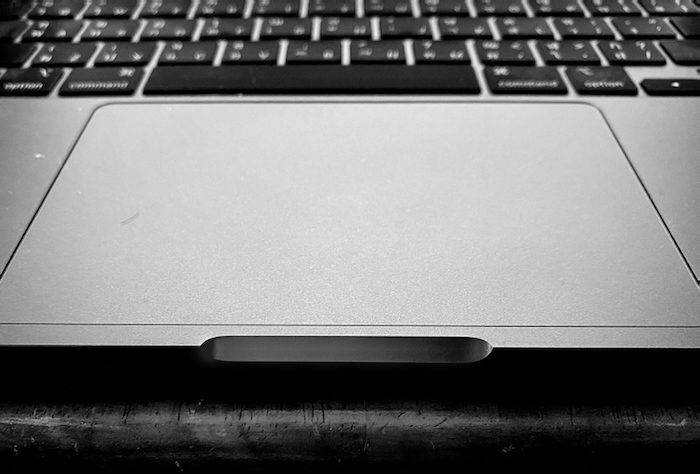
I also noticed when I opened the lid early morning that this is where the inset is - specifically designed for the fingers so users can open the lid. I use my thumb and that is then touching the black area of the screen where the camera is, and where those cracks start. This indent has been on Macs for years, so the only difference is the new retina screens. I must admit I have been wary since my last screen problem, which was caused by me leaving a paperclip and a piece of paper over the camera while I transported it in a case, in the trunk of a taxi: heat, vibration and the screen slightly open may all have contributed. The fix was not cheap and I am careful when stowing the current Mac.
There is some speculation as to the cause of the suspect cracks, but they are real enough, despite claimed normal usage (for example, owners saw cracks appear while adjusting display angle). The report tells us that Apple referred to this as a contact point crack, which makes sense (like mine), but the users affected insist that there was no contact at all. At least I know what I did.
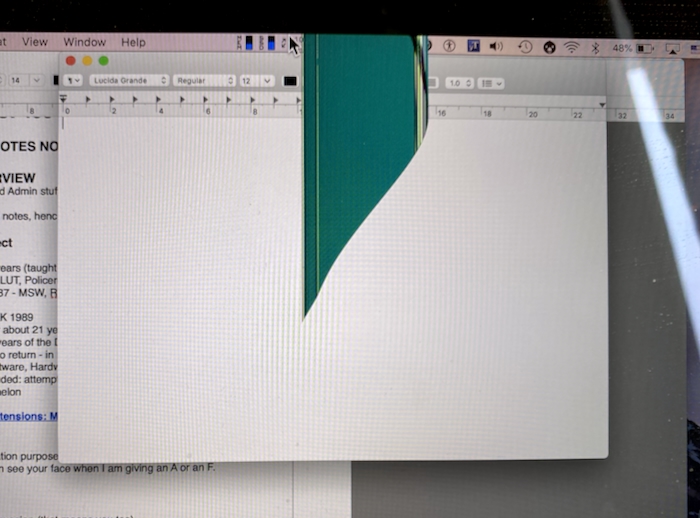
Intel MacBook Pro - Screen damaged by object when closed - my fault
I have written a lot in the past couple of weeks concerning Apple's attempt to bring CSAM image detection to its devices. While the reasoning behind the effort is laudable, the way in which it was to be executed hit a nerve with many knowledgeable people. While parts of the initiative might have been acceptable, the idea of identifying images while they were on the device opened a door that could threaten privacy. The hash numbers might be expanded to other types of images that could leave some users open to political threats. Apple backed down (at least for now) and are said to be having a rethink. If this had been for images already in the iCloud Photos libraries it might have worked: to identify such images on the iPhone crossed a line.
Most commentators have grudgingly accepted the pause for now, but will be watching any future implementation for risks to privacy. Apple has built a lot of its reputation on this so appearing to open the doors so willingly upset a lot of people. But not Priti Patel, Britain's Home Secretary, descended from an immigrant family, who hates immigrants and refugees. An odious woman with a permanent smirk on her face. Stephen Warwick (iMore) reports that she is all in favour of the CSAM project and says they need to see it through. This would complement the Home Office (interior ministry) own action on CSAM images.
She added that "end-to-end encryption presented a massive challenge for public safety", which is exactly the sort of comment that those criticising Apple for the initiative would be wary of as is highlighted by an AppleInsider article on the same comments from Patel. The chance of political overreach is high, particularly with someone like Patel who redefines laws (e.g. pushing refugees back to France even though they are at risk, which is contrary to accepted maritime law) and even the idea of what a refugee is. She would perhaps see no difference between a hash number of a CSAM image and that of a terrorist, as Assange has been called, or a political opponent.
9/11 - I had just arrived home from teaching about 25Kms away on my motorbike. As I reached the door, the phone rang and an excited voice told me a plane had gone into the World Trade Center. At that time, what is now Central World in Bangkok was also called the WTC and I presumed wrongly this was the location. When I heard not, I moved inside and turned on the television. Like many I was shocked by what I was watching. Not long after I saw the second plane go into the other tower and knew that this was no accident. With a 3rd plane at the Pentagon and United Airlines Flight 93 crashing in a wood, I knew that like other events I had seen in my life, the world had changed.
Graham K. Rogers teaches at the Faculty of Engineering, Mahidol University in Thailand. He wrote in the Bangkok Post, Database supplement on IT subjects. For the last seven years of Database he wrote a column on Apple and Macs. After 3 years writing a column in the Life supplement, he is now no longer associated with the Bangkok Post. He can be followed on Twitter (@extensions_th)
|

|







 Unlike the deadlines that MacWorld or even WWDC created, the video events are flexible enough to be filmed to a less tight schedule. And unlike the heavily rehearsed live event, with the film medium any errors can be shot again. Live, Tim Cook could never have a "take two". The video events also allow for special effects to be used, including augmented reality (AR) which featured in the invitation message that Apple sent out last week.
Unlike the deadlines that MacWorld or even WWDC created, the video events are flexible enough to be filmed to a less tight schedule. And unlike the heavily rehearsed live event, with the film medium any errors can be shot again. Live, Tim Cook could never have a "take two". The video events also allow for special effects to be used, including augmented reality (AR) which featured in the invitation message that Apple sent out last week.
